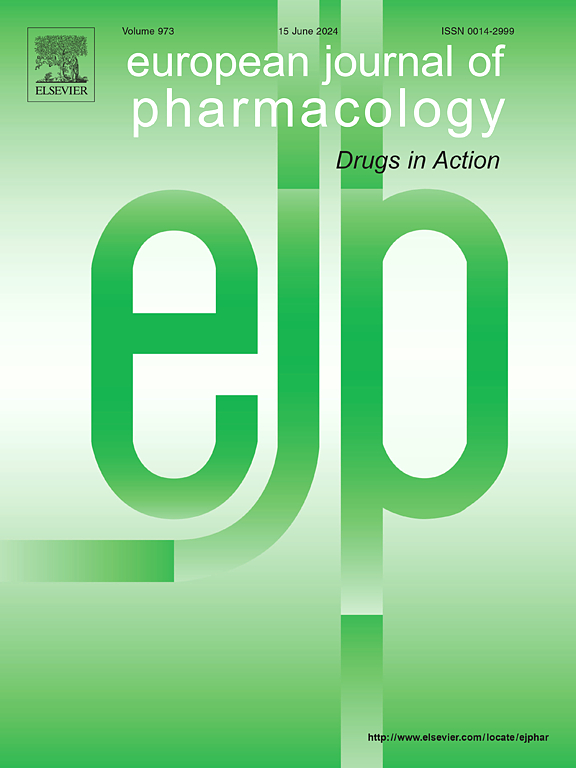Overview of M-LP/MPV17L, a novel atypical PDE and possible target for drug development
IF 4.2
3区 医学
Q1 PHARMACOLOGY & PHARMACY
引用次数: 0
Abstract
M-LP/Mpv17L (Mpv17-like protein) was initially identified as a novel protein during screening of age-dependently expressed genes in mouse kidney. Previous findings suggested that human Mpv17-like protein (M-LP/MPV17L) is involved in the maintenance of mitochondrial DNA (mtDNA), thus playing a role in cell defense against mitochondrial dysfunction, although its molecular mechanism of action has remained unknown. Recently, generation of M-LP/MPV17L-knockout (KO) cells using CRISPR-Cas9 technology has revealed that M-LP/MPV17L exerts cyclic nucleotide phosphodiesterase (PDE) activity despite lacking the conserved catalytic region and other structural motifs characteristic of the PDE family, and is one of the key components of pathways such as cAMP/cAMP-dependent protein kinase A (PKA) signaling. Moreover, generation of M-LP/Mpv17L-KO mice has revealed that deficiency of M-LP/Mpv17L results in development of β-cell hyperplasia and improved glucose tolerance, as well as physiological afferent cardiac hypertrophy. M-LP/MPV17L is a protein of great interest as it is a potential target for drug development. Therefore, in this review, we overview the molecular characteristics, regulation of expression, cellular functions, phenotypes detected in KO mice, and disease relevance of M-LP/MPV17L.
M-LP/MPV17L是一种新型非典型PDE和可能的药物开发靶点
M-LP/Mpv17L (mpv17样蛋白)最初是在筛选小鼠肾脏中年龄依赖性表达基因时发现的一种新蛋白。先前的研究表明,人类mpv17样蛋白(M-LP/MPV17L)参与线粒体DNA (mtDNA)的维持,从而在细胞防御线粒体功能障碍中发挥作用,尽管其分子作用机制尚不清楚。最近,利用CRISPR-Cas9技术生成的M-LP/MPV17L敲除(KO)细胞显示,M-LP/MPV17L尽管缺乏PDE家族特征的保守催化区和其他结构基元,但仍具有环核苷酸磷酸二酯酶(PDE)活性,并且是cAMP/cAMP依赖性蛋白激酶A (PKA)信号通路的关键组分之一。此外,对M-LP/Mpv17L- ko小鼠的研究表明,M-LP/Mpv17L缺失导致β细胞增生和糖耐量改善,以及生理性传入心脏肥厚。M-LP/MPV17L是一种非常有趣的蛋白质,因为它是药物开发的潜在靶点。因此,在这篇综述中,我们综述了M-LP/MPV17L的分子特征、表达调控、细胞功能、在KO小鼠中检测到的表型以及与疾病的相关性。
本文章由计算机程序翻译,如有差异,请以英文原文为准。
求助全文
约1分钟内获得全文
求助全文
来源期刊
CiteScore
9.00
自引率
0.00%
发文量
572
审稿时长
34 days
期刊介绍:
The European Journal of Pharmacology publishes research papers covering all aspects of experimental pharmacology with focus on the mechanism of action of structurally identified compounds affecting biological systems.
The scope includes:
Behavioural pharmacology
Neuropharmacology and analgesia
Cardiovascular pharmacology
Pulmonary, gastrointestinal and urogenital pharmacology
Endocrine pharmacology
Immunopharmacology and inflammation
Molecular and cellular pharmacology
Regenerative pharmacology
Biologicals and biotherapeutics
Translational pharmacology
Nutriceutical pharmacology.

 求助内容:
求助内容: 应助结果提醒方式:
应助结果提醒方式:


